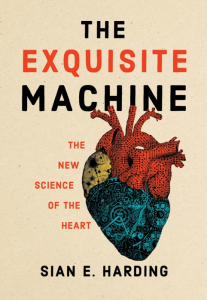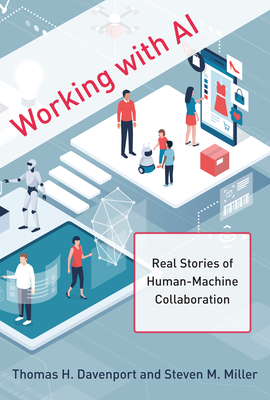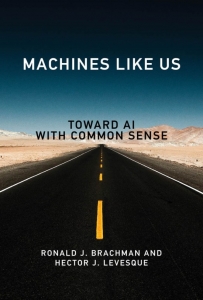“The Exquisite Machine: The New Science of the Heart” with Professor Sian Harding
The heartbeat may be the first physical manifestation of an unborn child that can be seen six weeks after conception, and it continues roughly 100,000 times per day for as long as we are alive. Scientists and researchers have attempted to recreate the heart’s flawless engineering for decades in labs all around the world, but have been unsuccessful. Its exact operation and capacity to meet both our bodily and emotional demands makes it a marvel of engineering that is unmatched by anything built by humans. Any damage to this vital organ of the human body could result in problems that are potentially fatal.
In this episode of Bridging the Gaps I speak with professor Sian Harding about new scientific developments that are opening up the mysteries of the heart, as outlined in her new book “The Exquisite Machine: The New Science of the Heart”. We discuss cutting-edge technologies such as stem cells, gene editing, artificial intelligence and big data that have crucial real-world consequences for health and well-being.These technologies are enabling experiments and clinical trials that will lead to the development of new treatments for heart diseases.
Professor Sian Harding is a leading authority in cardiac science, and emeritus professor of cardiac pharmacology in Imperial College London. She was special advisor to the House of Commons Science and Technology Select Committee on Regenerative Medicine, and has been awarded the Imperial College Medal and a lifetime achievement award from the European Society of Cardiology.
We start off with a detailed discussion of how our present day understanding of the functioning of the human heart developed. We then discuss the cutting edge research on cardiac stem cells, touching upon the experiments where a small number of beating cells were created in the labs. The application of Artificial Intelligence and Big Data Analytics are playing an important role in the field of cardiac research; we go through these topics in detail. Plasticity is a concept that we associate with the brain and its ability to rewire itself to manage any damage or other changes; We discuss the term plastic brain that Sian Harding uses in the book while explaining the resilience of our heart. We then discuss the nervous system that ensures that the heart responds to changing needs. We look into the relation between the emotions and functioning of the heart, discussing that the heart not only responds to our emotions but creates emotions as well. And finally we touch upon the importance of keeping “gender” in mind when developing and implementing solutions for heart related diseases and problems. This has been a highly informative discussion.
Complement this discussion with “Zero to Birth: How the Human Brain Is Built” with Professor William Harris and then listen to “The Next 500 Years: Engineering Life to Reach New Worlds” with Professor Christopher Mason




Connect With Us